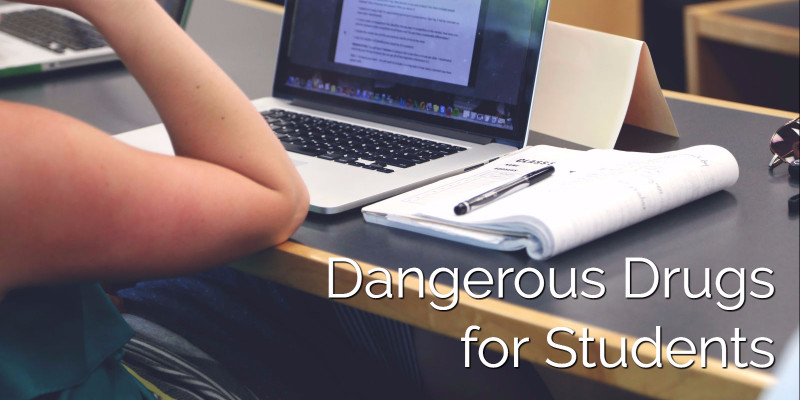 Heading Off to College
Heading Off to College
More than 20 million young people head off to college every year. This figure increases every year, making the student population an important area of focus for health professionals.
The young age of most students can lead to the importance of a healthy lifestyle being overlooked. College kids are certainly in the prime of their life and peak physical fitness, but the academic environment brings its own unique set of health challenges.
Health risks for students include:
- Elevated stress
- Increased anxiety
- Poor diet
- Trouble sleeping
- Exposure to new illnesses
- Depression
A common response to many of these issues is to take some kind of drug or remedy to alleviate the problem. Unfortunately, many of these well-intentioned remedies end up making the issue even worse. This can be down unexpected side-effects of a prescribed medication or simply the hit-and-miss nature of self-diagnosis.
College students benefit from regular check-ups and seeking professional medical advice as much as any section of society. A rigorous study schedule is almost impossible to maintain if you aren’t looking after your body, as well as your mind.
Even with the vitality of youth on your side, it pays to keep an eye on your health. Your studies will thank you for it!
Statistics on Student Health
- More than 20 million young adults apply to American colleges every fall, which represents an increase of 33% since the turn of the century. (National Center for Education Statistics, 2016)
- 80% of U.S. college students have engaged in binge drinking, with one-third of students reporting symptoms associated with alcohol abuse. (Addiction Center)
- One-quarter of college students experience sleep difficulties, while more than half report fatigue as a common issue during term time. (National College Health Assessment, 2012)
- Data collected from 2008 to 2010 find that 8.4% of full-time students aged 18-22 experienced a serious case of depression at some point during their studies. (National Survey on Drug Use and Health)
- Male students are almost three times less likely to report depression than their female contemporaries. (National Survey on Drug Use and Health)
- Perhaps most frightening, as many as one in 12 students in the U.S. has considered suicide at one time or another, according to National Data on Campus Suicide and Depression.
The threat to college students in America is clear. Between financial risk, social pressure, and the need to achieve good grades, it’s possible that there has never been a more difficult time to attend higher education in America. It comes as little surprise, then, that drugs of all kinds play a major role in campus life.
Dangerous Drugs for Students
The college experience varies greatly from student to student. Some attend just to study and get through their classes with top grades. Then there are those who only want to party and focus primarily on the social aspect of college life.
Most students choose a balance somewhere in the middle of those two extremes. For almost all college kids, it’s likely that an encounter with drugs will occur sooner rather than later.
Some of the most dangerous drugs for students are, unsurprisingly, also some of the most common. Alcohol, nicotine, and even caffeine are all potential health risks for young adults struggling to keep up with the pace of life in higher education.
Another common drug concern is one seen in the wider US population these days: abuse of over-the-counter (OTC) medication.
Around 5% of Americans aged 12 and above are estimated to have abused prescription or non-prescription painkillers. Students make up a significant proportion of that figure, whether to self-medicate against the stress of prolonged studies or as an “experiment.” Addiction Center reports that the proportion of students abusing medication like Xanax and Valium increased by 450% between 1993 and 2005.
When drugs are taken for a reason other than their intended use, the results impact more than just academic results. Abuse of drugs at this young age can leave students with lifelong health issues.
Furthermore, combining multiple drugs with one another is a more common occurrence on campus than in everyday life. The same experimental environment discussed above can encourage ill-advised combinations that end in unexpected adverse reactions. The risk of overdose and death are the most frightening of these, with fatalities up by a factor of three in the past ten years alone.
The list of dangerous drugs for students is seemingly endless. The main takeaway for young people heading to college is that health issues are just as serious in your youth. In fact, taking care of your body and mind is even more important given the college environment, where you’re surrounded by new people, places, and the potential for adventure. In the rush to experience everything on offer, don’t neglect your own health needs and mental wellness.
